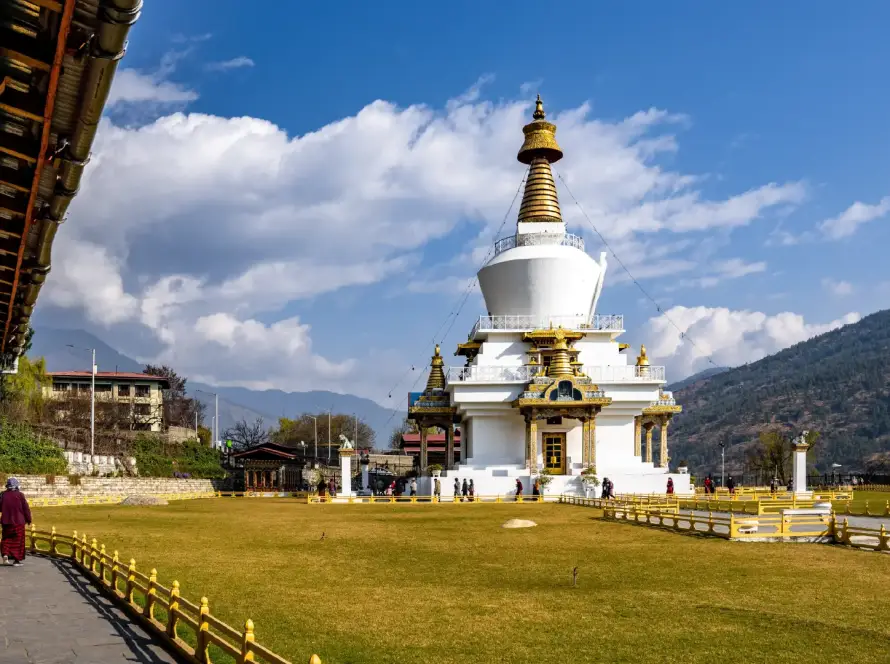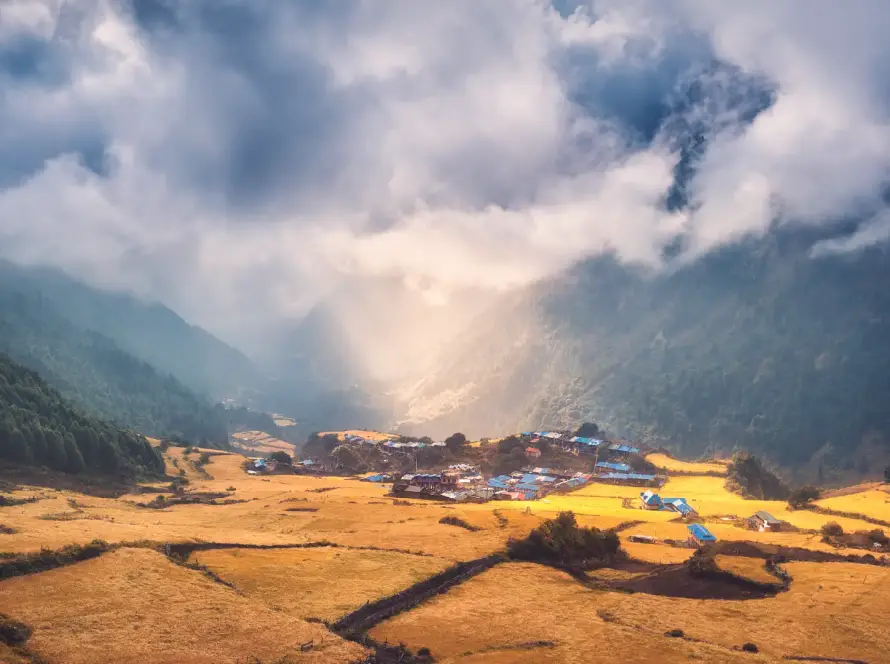Bhutan is a diminutive yet captivating kingdom, renowned for its exquisitely perched monasteries that overlook verdant valleys adorned with vibrant prayer flags and elegantly spinning prayer wheels. This exclusive destination has earned a reputation among discerning travelers for its enigmatic allure, mystical ambiance, and singular charm.
To further enrich your appreciation of this extraordinary land, we present a curated list of the top 10 fascinating facts about Bhutan, each accompanied by an intriguing narrative that is sure to inspire your next luxurious adventure.
Fact #1: Bhutan – The Land of the Thunder Dragon
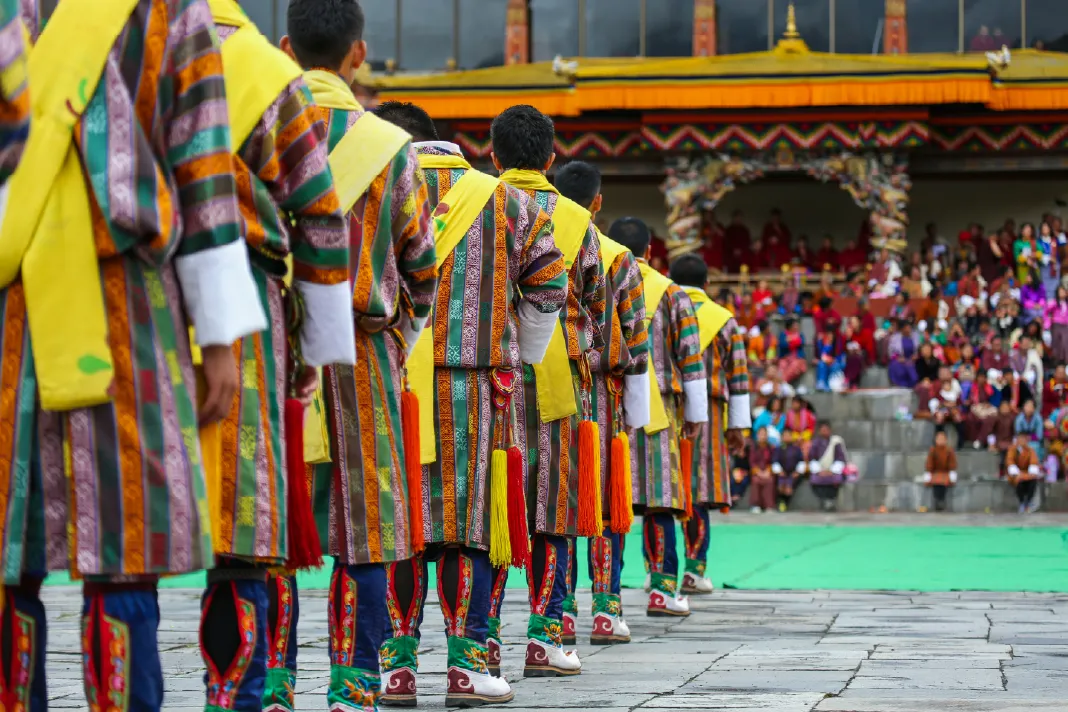
Locally known as Druk Yul, meaning “Land of the Thunder Dragon,” Bhutan derives its evocative name from the dramatic thunderstorms that sweep across its Himalayan valleys. Historically, the brilliant flashes of lightning were believed to be the fiery breath of a dragon, a myth that has enshrined the kingdom’s legendary allure.
Fact #2: A Capital City Without Traffic Lights
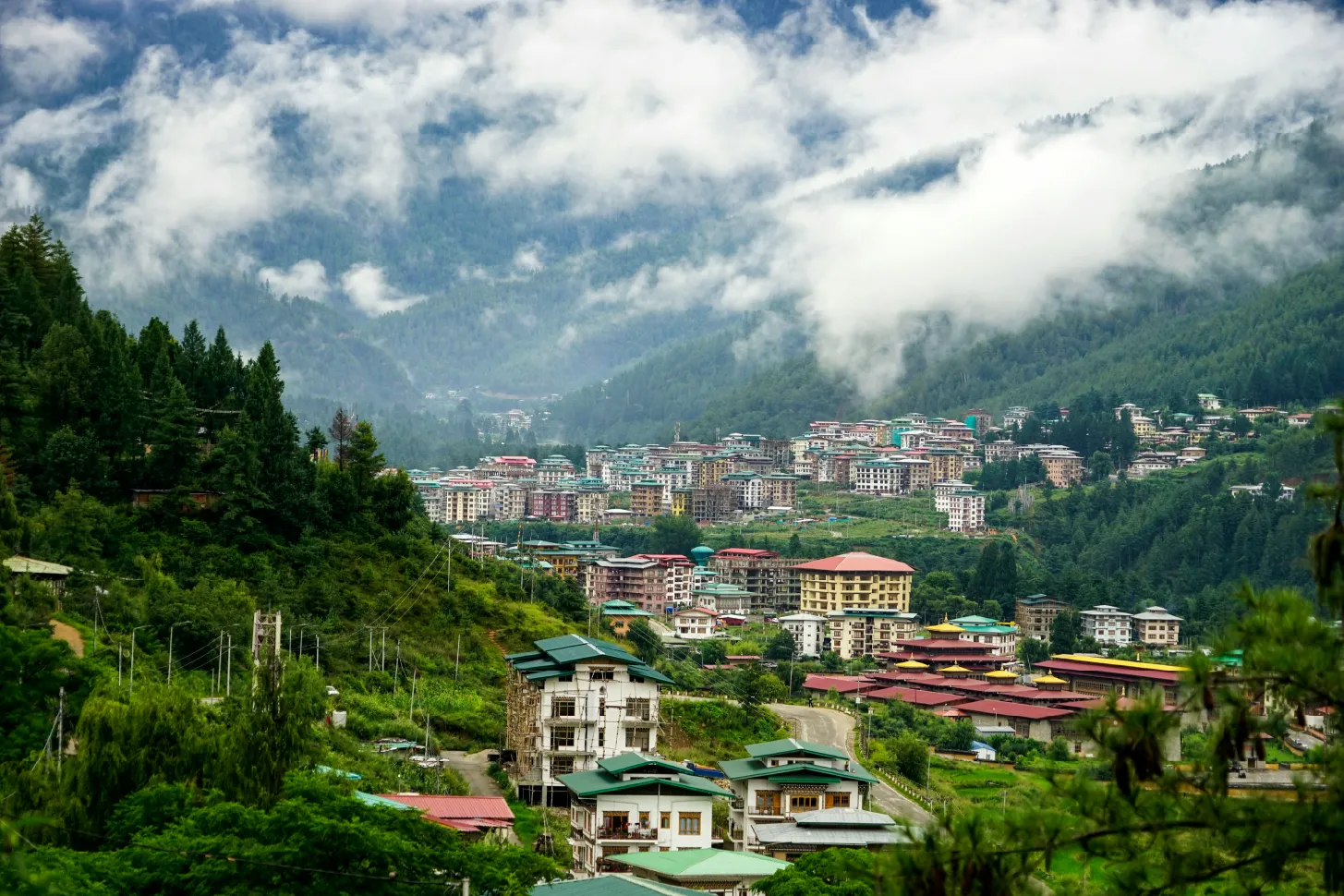
Thimphu, the capital of Bhutan, is one of only two capitals in the world—alongside Pyongyang in North Korea—that eschews traditional traffic signals. Instead, polished traffic officers manage intersections with graceful precision, a system that perfectly complements the city’s serene pace and refined urban character.
Although a set of traffic lights was introduced in 2012, local sentiment found them disruptive to the city’s natural rhythm, prompting their prompt removal. This deliberate preservation of Thimphu’s unique character offers discerning travelers an authentic glimpse into a culture that values tradition over convention.
Fact #3: Bhutan’s Stamps as Exquisite Artistry
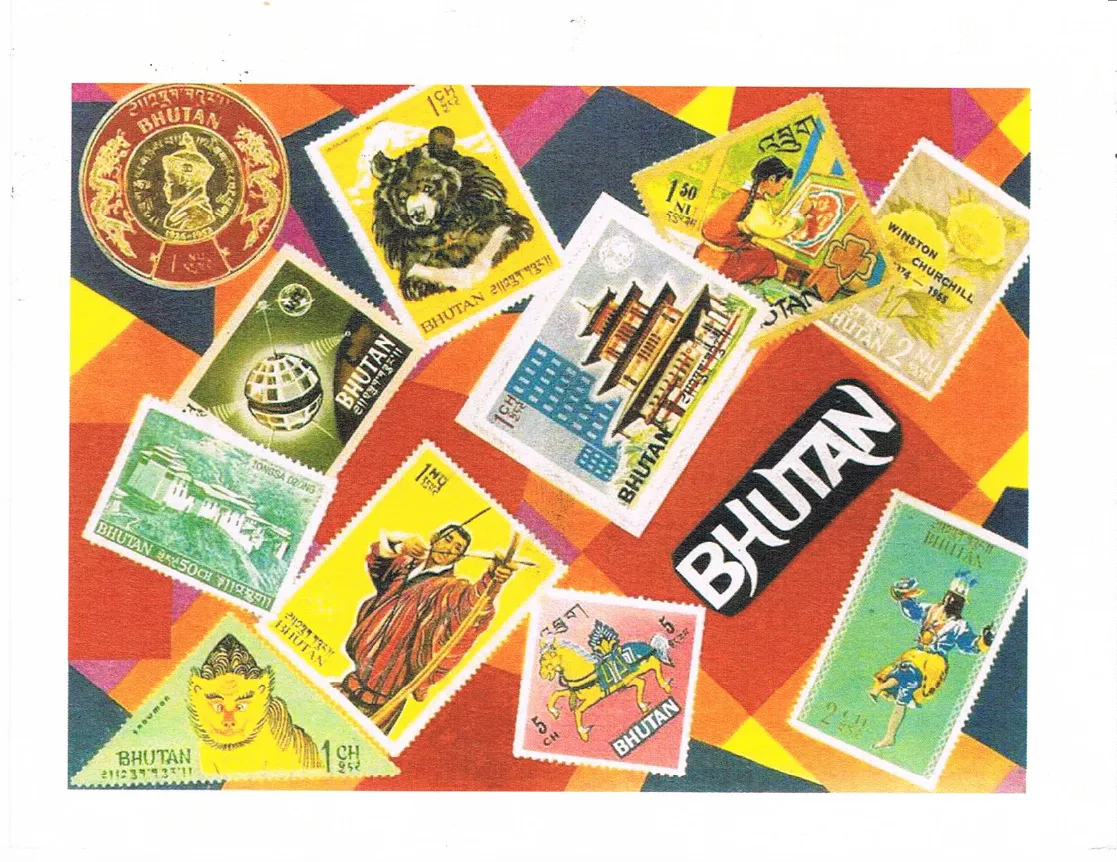
In Bhutan, stamps transcend their utilitarian purpose to become celebrated works of art, revered by both locals and discerning collectors.
Each stamp is a miniature masterpiece, commemorating significant milestones—from the regal coronation of a Bhutanese king to the awe-inspiring achievement of mankind’s lunar landing—and reflecting a wide array of themes, from European Impressionism to the timeless traditions of Buddhist art. Notably, despite television being a relatively recent introduction to this remote Himalayan kingdom, Bhutan has been pioneering innovative stamp designs, incorporating three-dimensional effects since 1969.
Fact #4: Over 70% of Bhutan Is Cloaked in Verdant Forests
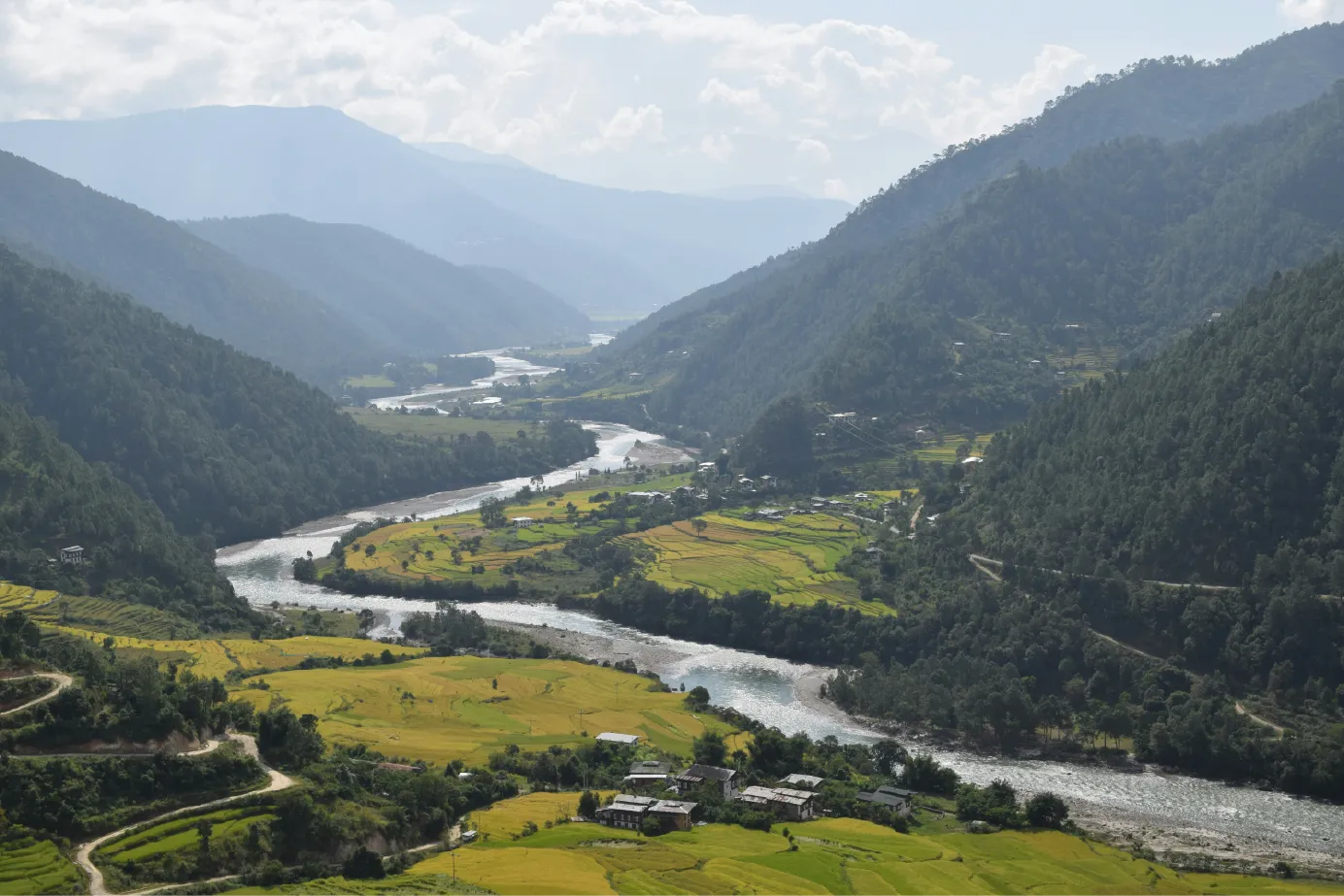
Bhutan stands as a global pioneer in environmental stewardship, being the first nation to enshrine constitutional mandates that safeguard nature. With a requirement that at least 60% of its land must remain under forest cover, the kingdom has fostered an extraordinary haven for biodiversity—boasting over 5,500 plant species and 165 species of mammals.
Today, more than 71% of Bhutan’s territory is enveloped in pristine forests, earning it the unique distinction of being carbon negative. In a world where many struggle to preserve their remaining natural habitats, Bhutan’s unwavering commitment to conservation continues to enhance its enchanting landscapes for discerning travelers and future generations alike.
Fact #5: The Black-Necked Crane – A Revered Symbol of Bhutanese Heritage
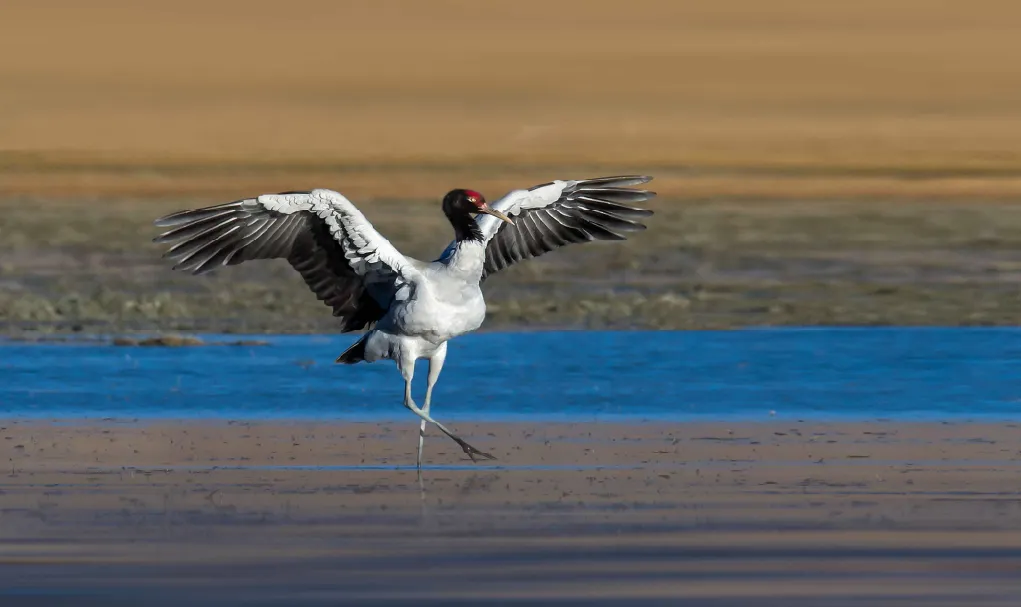
In Bhutan, a land steeped in ancient spirituality, the black-necked crane holds a profound cultural significance. Considered by some as the embodiment of the Sixth Dalai Lama, these majestic birds—numbering fewer than 10,000 across the Himalayan expanse—are celebrated as symbols of longevity and mystique. In the serene Phobjikha Valley, local communities eagerly anticipate the annual return of the cranes each winter.
During this season, monks offer prayers for their safe journey, and folklore recounts that the cranes gracefully circle the monastery three times upon their arrival. Their esteemed status in Bhutanese art and tradition is such that any harm inflicted upon these endangered birds is met with the strictest penalties, underscoring their sacred role in the cultural tapestry of the kingdom.
Fact #6: Bhutan is Home to the World’s Highest Unclimbed Mountain
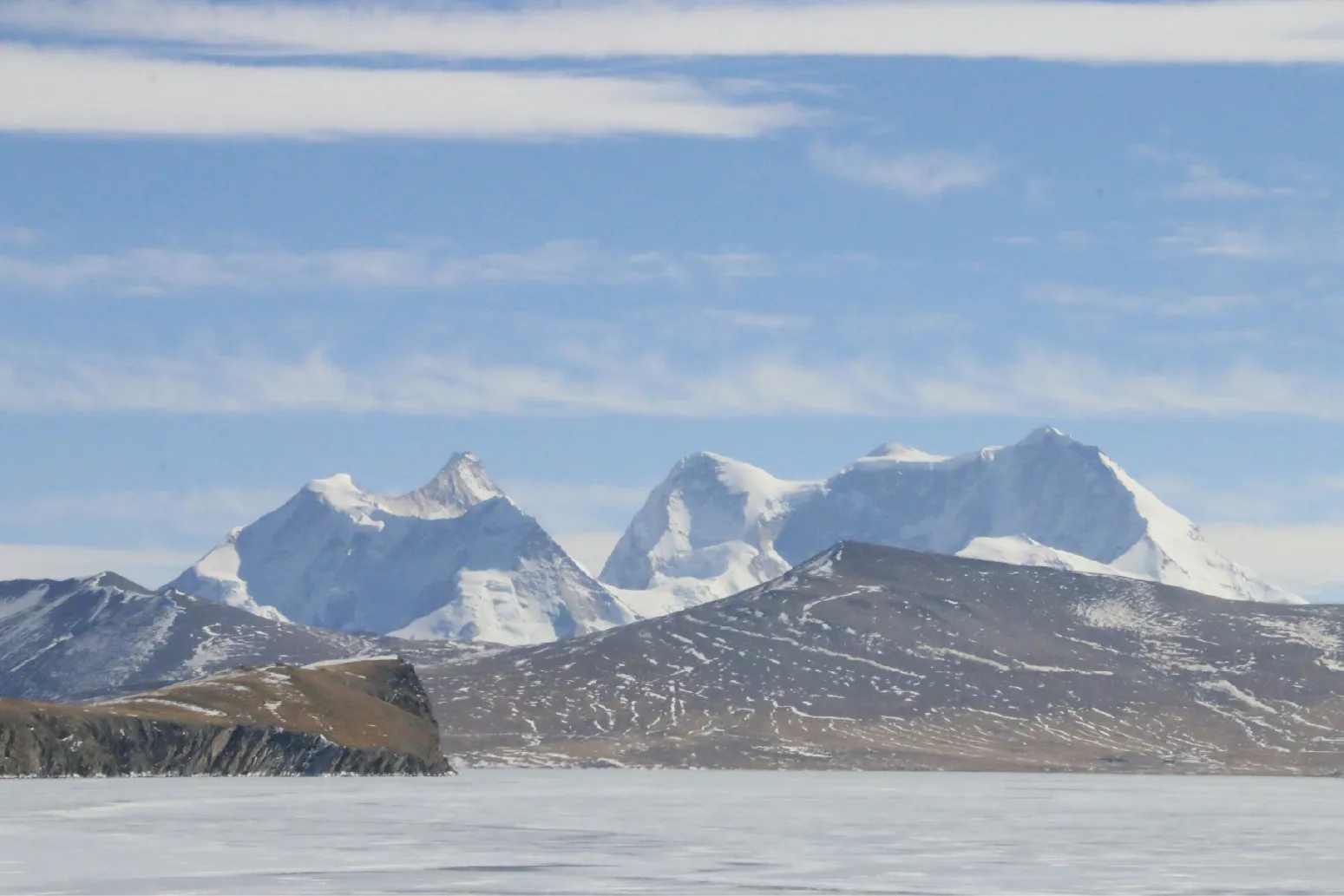
Gangkhar Puensum—also known as Gangkar Punsum or Gankar Punzum—rises to an awe-inspiring 7,570 meters (24,836 feet) with a prominence of 2,995 meters (9,826 feet), making it the highest unclimbed mountain on Earth. In 1994, the Bhutanese government declared peaks above 18,000 feet sacred, instituting a ban on climbing these revered summits. This policy reflects the Bhutanese philosophy that nature is to be respected, not conquered, preserving the pristine majesty of these landscapes for future generations.
Fact #7: Bhutan’s Architecture—A Living Tradition Now Codified
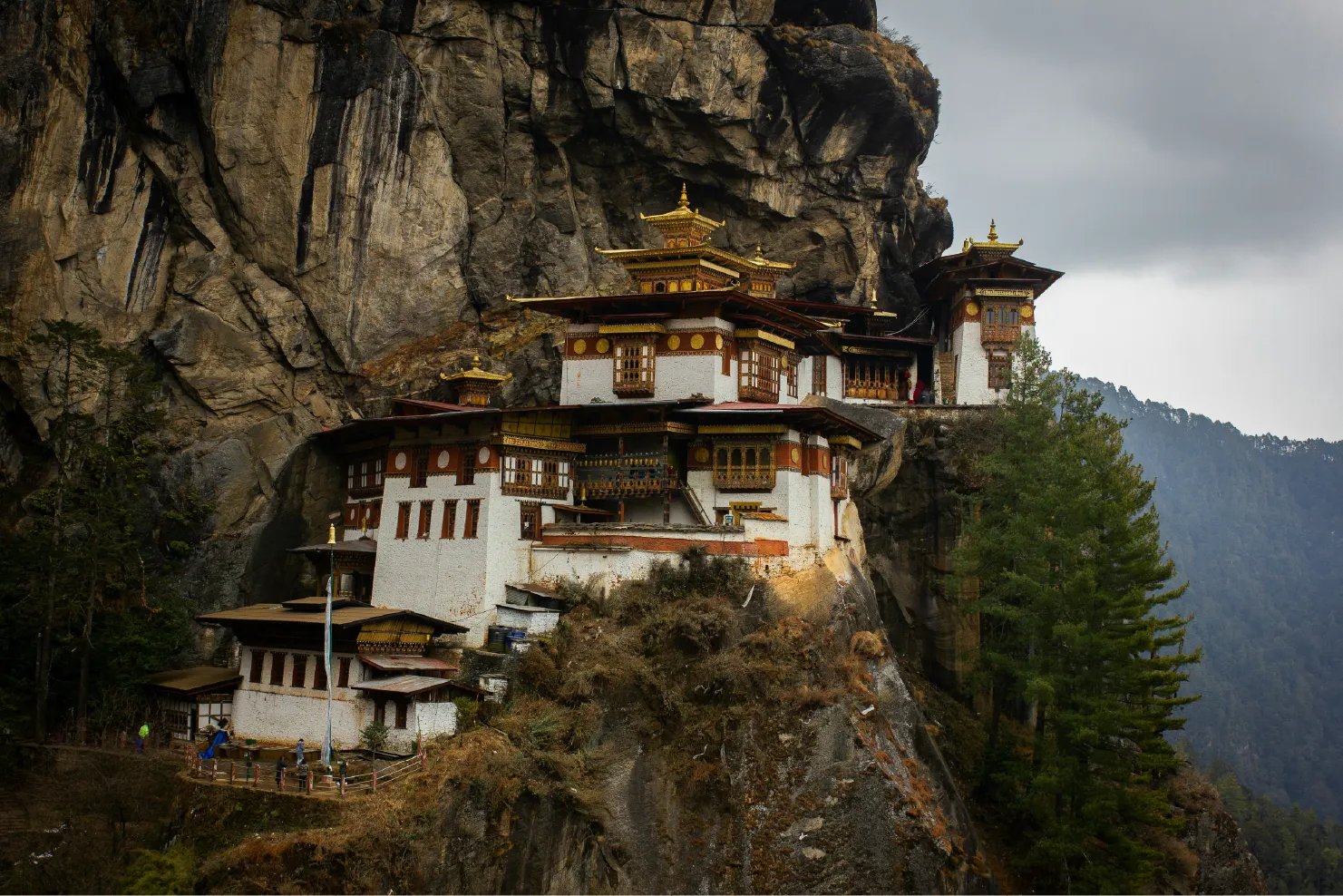
Bhutan’s architectural heritage is so distinctive that its traditional practices are now being formally codified. The kingdom’s historic buildings are celebrated for their elegantly arched windows, gracefully sloping roofs, and intricately colorful woodwork. Designed to harmonize with the natural landscape, these structures utilize locally sourced stone, timber, and rammed earth—with bamboo predominantly featured in the southern regions.
A hallmark of this enduring craftsmanship is the age-old method employed by master carpenters (Zow) and masons (Dozop), who designed and constructed buildings entirely from memory, measuring dimensions by the length of a hand. This intuitive approach has been passed down through generations, reflecting a seamless integration of art, culture, and nature—a legacy beautifully embodied in landmarks such as Paro Taktsang.
Fact #8: In Bhutan, It’s Polite to Decline Food—At Least at First
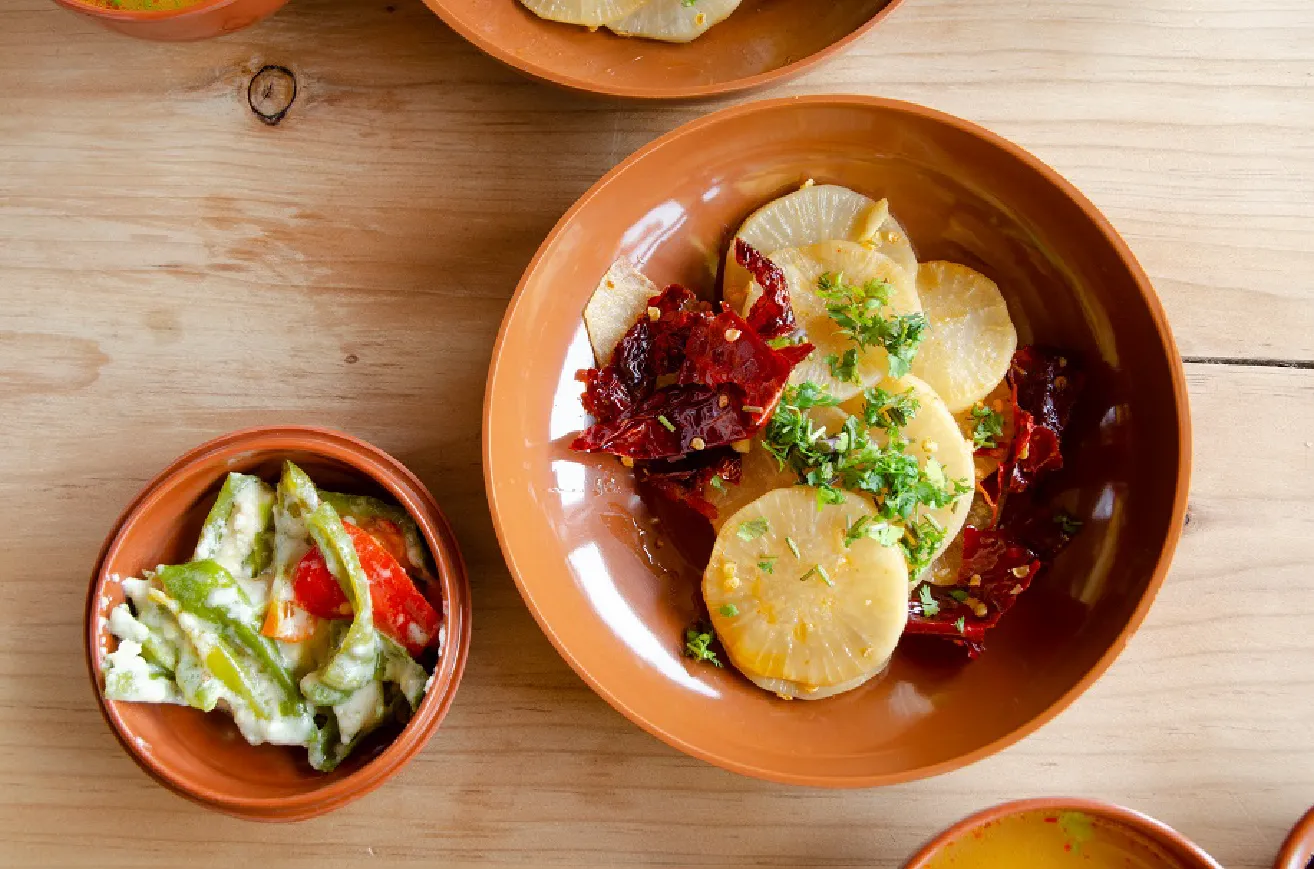
Dining etiquette in Bhutan follows a unique tradition: when offered food, it is customary to initially decline. Guests are expected to say “Meshu, meshu” while covering their mouth with their hands, a gesture of humility and politeness. Only after two or three offers is it appropriate to accept.
This ritual is deeply rooted in Bhutanese culture, reflecting Buddhist values of modesty and mutual respect. The initial refusal signals that one is not greedy or overly eager, while the host’s repeated insistence underscores their generosity. This exchange, steeped in tradition, transforms a simple act of offering food into a meaningful expression of hospitality and honor.
Fact #9: Bhutan’s Enduring Love Affair with Chilies
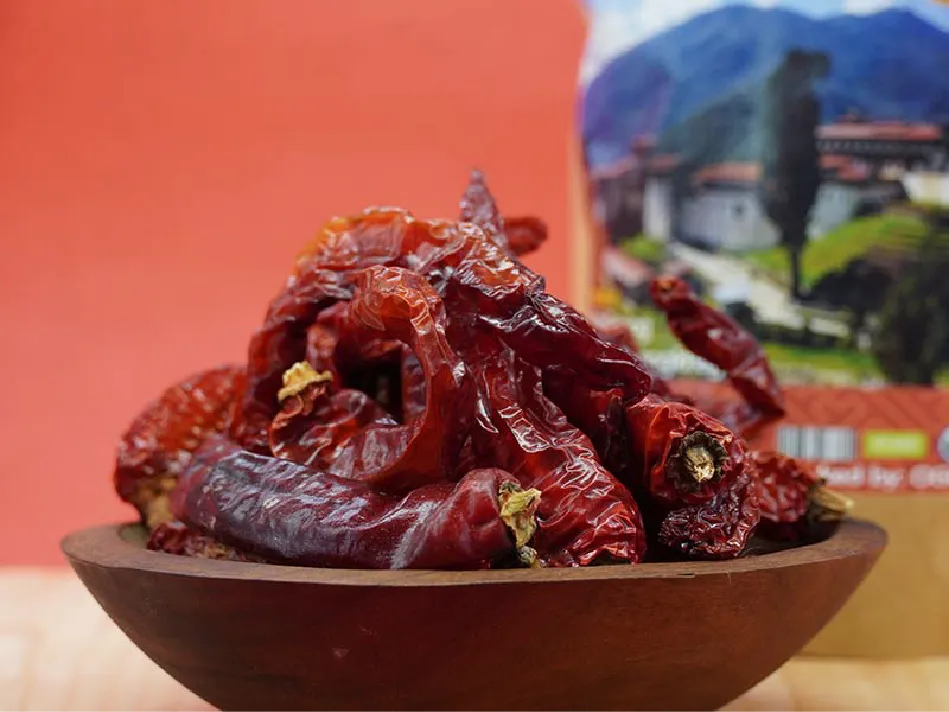
In Bhutan, chilies are more than just a spice—they are a way of life. From breakfast to dinner, fiery peppers are an essential ingredient in every meal, a testament to the Bhutanese palate’s bold and adventurous nature.
Wander through Bhutan’s bustling summer markets, and you’ll find older women in vibrant kira dresses selling bundles of hardened chhurpi cheese, while housewives meticulously sift through heaps of red rice.
But the true stars of the market stalls are the chilies—vivid red and green peppers piled high, with the occasional yellow variety peeking through. This abundance extends beyond the markets; shops overflow with fiery peppers, while along Bhutan’s hilly roads, chilies dry in the sun, spread across rooftops like scarlet carpets or hanging from balconies like rustic tapestries.
Even in Bhutan’s remote valleys, the presence of chilies is unmistakable. During festivals and prayer rituals, the pungent aroma of burning peppers mingles with the chime of prayer bells and the rhythmic cadence of Buddhist chants. At the heart of this spice-laden culinary tradition is ema datshi, Bhutan’s national dish. Whether prepared with potatoes (kewa datshi), beans (semchung datshi), or mushrooms (shamu datshi), one thing is certain—chilies will always take center stage.
Fact #10: Bhutan’s Deep Affection for Salted Butter Tea
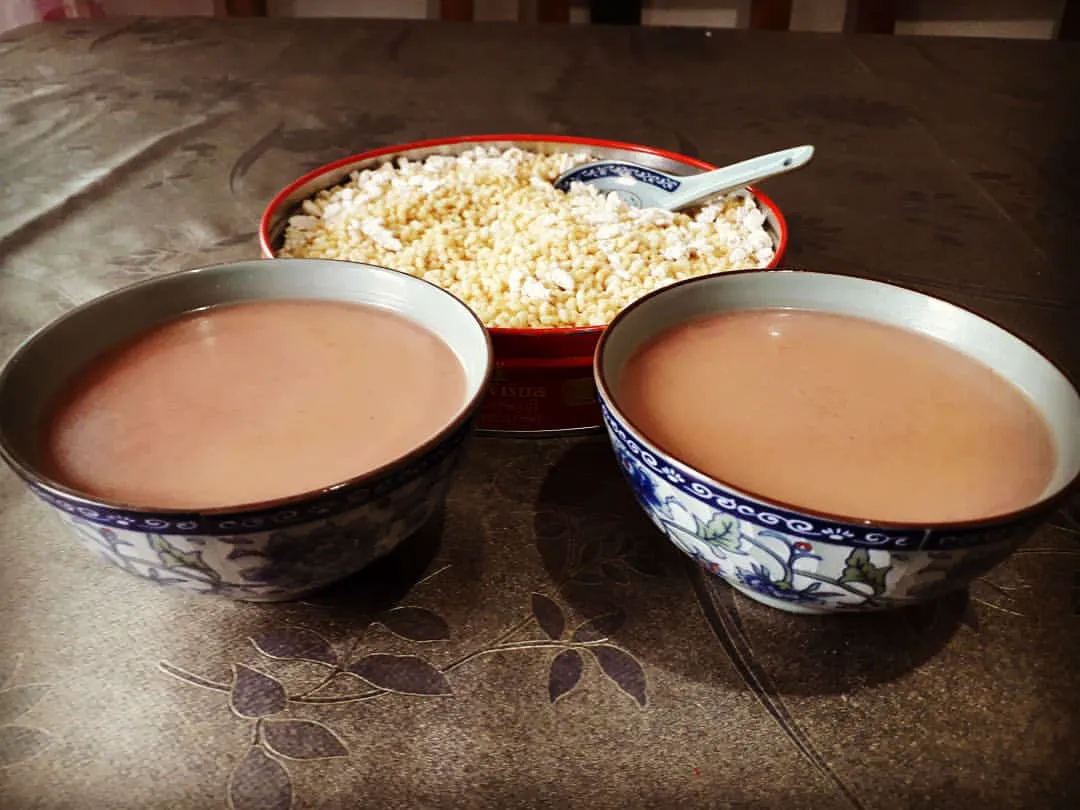
Rounding off our top 10 list is Bhutan’s beloved traditional beverage—salted butter tea, locally known as suja. More than just a drink, suja is a cultural staple, enjoyed on all social occasions and often accompanied by roasted rice (zaw).
Considered Bhutan’s equivalent of a national beverage, it is a rich and creamy indulgence that perfectly complements the kingdom’s crisp mountain air.
Drinking suja is more than a culinary experience—it is a ritual of warmth and togetherness. Whether shared among friends or offered as a gesture of hospitality, this comforting tea embodies the essence of Bhutanese culture, best savored when the weather turns brisk and the valleys echo with the serene hum of prayer flags fluttering in the wind.
Conclusion
Now that we’ve unveiled 10 fascinating facts about Bhutan, there’s only one thing left to do—experience it for yourself.
Embark on a once-in-a-lifetime journey with Karma Bhutan, where we craft expertly curated travel experiences tailored to your desires. From sacred monasteries perched on dramatic cliffs to vibrant cultural traditions and breathtaking landscapes, Bhutan trip is a destination unlike any other. Let us guide you through the magic of this extraordinary Himalayan kingdom, ensuring an unforgettable adventure steeped in authenticity, luxury, and wonder.

